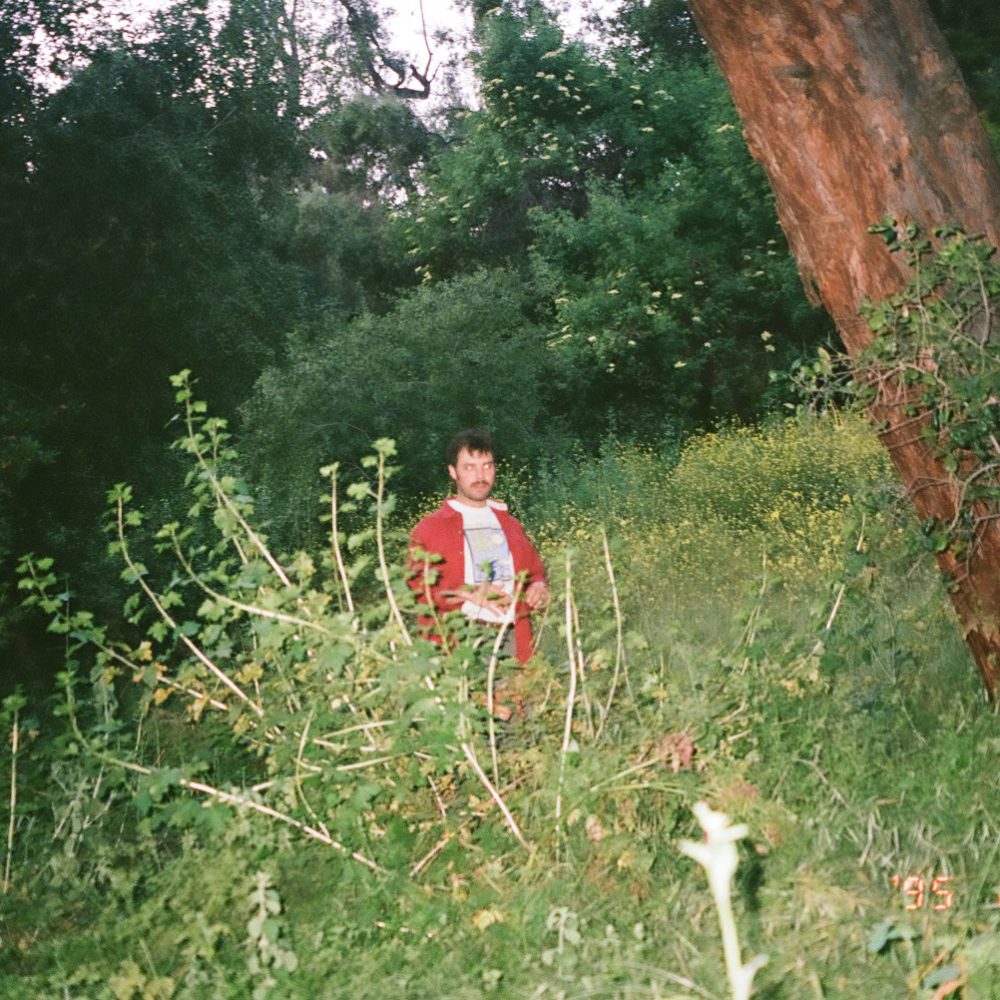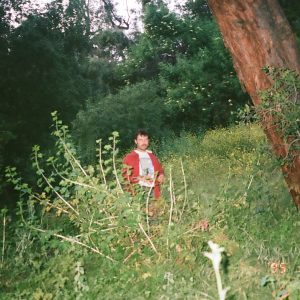Urban Farmer Radio: Winter Solstice
01.01.24

Urban Farmer Radio is a trusted compendium for any gardener, hiker, critter, or general outdoor human that needs a soundtrack to their day in the sun and some helpful hints for their plant care. Expert plant people are welcomed to our show to share their work and the music that keeps their day rollin’ along.
~~~~~~~~~~~~~~~~~~~~~~~~~~~~~~
Legend has it that on Twelfth Night (January 5), wild animals can speak. This is certainly true for chickadees, not that they shut up during the rest of the year. If you learn their language, they’ll even tell you what they’re doing.
Winter is the best time to study these garrulous little birds because they have the silent words mostly to themselves. Now they flit about in small flocks, hanging from boughs and plucking insect eggs. They have at least 15 distinct vocalizations, and each bird has a dominance rank within the flock.
The familiar “chickadee” call may mean “Hi, how are you all doing?” “ Dee-dee-dee dee-dee” signals alarm. (Eavesdropping nuthatches will “retweet” these alarm calls to their neighbors.) A “Chi-best” means “Get away—I outrank you.”
Members out of visual range keep in contact with a high-pitched “tseet-tseet”
The sweet, clear “fee-bee” song of the male (often confused with the raspier song of the male eastern Phoebe and heard more as winter progresses) indicates early breeding behavior.
A bird that spots a predator freezes the flock with this warning, spoken in perfect English: “See! See! See! See! See!”
[An excerpt from the Old Farmer’s Almanac]
Tracklist:
Mercury Rev – Holes
Let’s Save Tony Orlando’s House – Yo La Tengo
Masakatsu Takagi – Urute
Masakatsu Takagi – Ooharu
Masakatsu Takagi – Totorokimidu
Leonard Cohen – Master Song
A reading of “All My News” by Leonard Cohen
The Field – Made of Steel. Made of Stone.
Songs: Ohia – Farewell Transmission
Neil Young – Tell Me Why
Masakatsu Takagi – Amamizu
Big Thief – I Believe in You
Björk – Cocoon
Cat’s Eyes – Best Person I Know
Heitor Villa-Lobos – Prelude #3
Willie Nelson – Moonlight in Vermont
Oneohtrix Point Never – Suite from Magnetic Rose
Mercury Rev – Opus 40
Karen Beth – April Rain
Björk – Heirloom
All About Blackberries:
Blackberries are as much a part of California as, say, Knott’s Berry Farm. Native to this state, they grow so well here that that big conglomerate was able to become so much more than just a roadside berry stand.
I can’t imagine kids growing up in California without blackberries to pick when they please during summer vacations, or berry-stained hands and faces. When I was a child, my grandfather planted fully planted trellised blackberries right outside my bedroom window so I would know when they were ripe. Adults who do without are also missing out on one of the tastiest of fruits, and the opportunity to make blackberry cobbler.
Still, blackberries don’t get planted in too many gardens here. Perhaps one reason is that, once they are put in the ground, it will probably take two full years for them to start bearing fruit. [brief aside from beau: I’ve personally planted root-stock and have had fruit less than 6 months later] Other than that, though, there is no reason why they shouldn’t be. They certainly don’t take up much space. Although wild blackberries may sprawl for 20 feet or more along a creek bank, in the garden they are easily trained on a trellis that needs to be long but can be very narrow, narrow enough to fit in places where little else can grow, such as along a driveway or against a fence. They can even get by on less than a full day of sun.
In the dead of winter, when they are available bare root, is the time to plant blackberries. Unfortunately, what you are going to find at many places selling bare-root plants right now are varieties not suited to Southern California at all, such as ‘Ebony King’, which is for cold climates. These don’t even grow like the others, but have short stiff canes and the fruit is not very sweet.
I suggest trying to find either one of two varieties: ‘Boysen’ (as in boysenberry) is a variety of blackberry, and so is ‘Ollie’, though it too is often called an ollalieberry.
Another variety with a long-standing history in Southern California is ‘Young’, with very sweet fruit and very thorny canes. ‘Cascade’, ‘Marion’, ‘Himalaya’[don’t grow Himalayan blackberries, they can be invasive] and ’Thornless Evergreen’ are other varieties often grown here.
If you can’t find ‘Boysen’, ‘Ollalie’, or one of the other varieties suited to Southern California, keep looking. If you find a variety you haven’t heard of, ask whether it will grow here, but if it was packaged in the east, I’d be suspicious. [An excerpt from 52 weeks in the California Garden by Robert Smaus]





